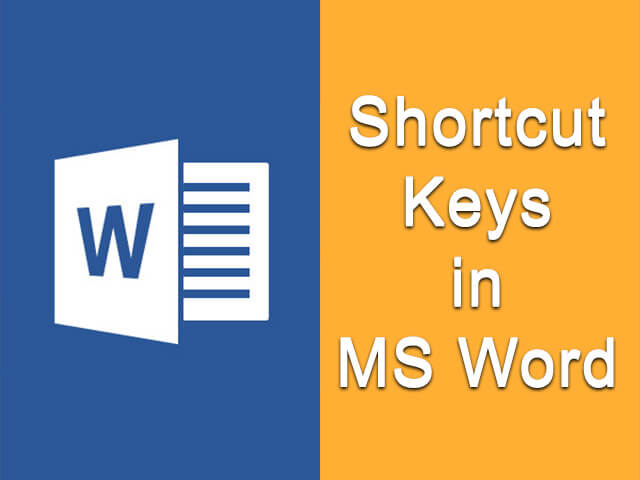Cornell method for note-taking

Note-taking is a very important thing, whether you are learning something new, or you are attending some seminar, or conference, where you want to put down the important points from the seminar, or conference, or the lecture. There are many methods for note-taking, and many methods are effective.
In this article, we are going to learn about the Cornell method for note-taking, which is a pretty effective method for note-taking. The Cornell method for note-taking was given by Walter Pauk and is named after Cornell University.
Why should we take notes?
When we learn something new, or we are attending some seminar or conference, often there is something important that we might want to have later, whenever we want. But the thing is that we cannot remember everything. But, if we take the important points somewhere, it would become much handier. For example, if you have attended some lecture, and you had taken up the notes, so the next time you can recall all the things learned from the lecture, just by viewing the notes.
So, with note-taking, you are not just writing some stuff on the paper(or wherever you want to write it), so that you do not need to remember that, but you are also writing those points so that you can recall most of the points just by looking at the notes.
So, the process of note-taking is a pretty important process, and now, we are going to head up, to have a look at the Cornell method of note-taking. We would also see, how can we implement the Cornell method for note-taking.
The Cornell method for note-taking –
Well, we are going to now learn about the Cornell method for note-taking, which is considered a pretty effective method for note-taking. But, you might have got a very basic question in your mind, what are we going to need so as to be able to implement this method? Well, the answer is easy, you just need a pen(or pencil, or basically whatever you use to write down on the paper), some paper(because we are going to write down the notes), and a lecture, or a seminar, or some conference(because we want something that we can make note of), and you need to pay great attention towards the lecture or seminar since while we take the notes, we are going to write the important points there.
So, after we have these all, we are all set to implement the Cornell method for note-taking. As you can see, there was a little preparation involved to get started.
Now, we are going to discuss what is the idea behind the method. Basically, the special thing about the Cornell method of note-taking is the layout of the paper. The layout is quite made as if we are drawing a table on paper. So, basically, there are going to be three sections, and we are going to call them Notes, Cue, and summary section. Let’s discover these things as well, one by one.
So, when you have a paper with you, you can write the things like the name of the lecture, the date, etc.
So, first of all, let’s try visualizing the three sections here.

This is a sample demonstration for the paper, which has three sections, which are the note-taking area, the cue section, and the summary section. First of all, let’s talk about the note-taking area because that area is going to be used at first.
The Notetaking area –
First of all, when you are attending some lecture, or some meeting or seminar, you would listen to the important points carefully, and as the lecture goes on, you would write down the points. The Note-taking area is the one that we are going to use, when we will be writing the notes, throughout the lecture or meeting.
While you are making the notes, you should be using shorter abbreviations, symbols, or diagrams wherever possible in the notes so that you can avoid the long sentences, and this makes the note making the process easier. So, the very first section that you would be using on the paper, is the section for Notetaking. Sometimes, people also use the cue section along with the note-taking section, but this is usually the first step that you would perform, which is taking the notes. You have to just write down the important concepts, formulae, diagrams, etc, whatever you find important and notable, you can put it here in the right-hand section.
The cue column –
Now, when you are done taking all the notes, you would then make use of the cue column. This column can be used to write some keywords, or main phrases in order to summarize the main points. Here, you can also frame some potential questions, related to the points in the notes, so that you can answer them, whenever you try to recall the concepts. This also becomes handy, because you get some potential questions written down on the paper, for that particular concept, or for that particular note.
The summary area –
As the name suggests, in this section, we are going to write the summary related to the lecture, seminar, or meeting. This is like if someone asks you about the summary, or some brief about what had happened in the lecture, or what is the conclusion of the meeting, you can quickly get that from this summary section.
The summary is not supposed to be very long, in fact, you can try to wrap the summary in around 5 to 8 lines or so, but sometimes, you might need some more space, as per the requirements. But usually, when you are making the notes, using the Cornell method for note-taking, you should try to wrap the summary of the notes, in 5 to 8 lines.
Conclusion
With these three sections, we are all set with implementing the Cornell method for note-taking. So, let’s summarize the Cornell method for note-taking quickly so that we can recall what the method has to say. So, first of all, there are going to be 3 sections, a Note-taking area, a cue column, and a summary section.
In the note-taking area, we are going to take the main notes. While taking the notes, we are mostly going to make use of abbreviations, symbols, diagrams, and some short sentences, so that we can avoid the long sentences, and reading the notes becomes easier.
After we are done with writing notes, we can use the cue column to write about some keywords, and majorly frame some potential questions from the lecture, so that you can practice them later, or you can address them later when you go through the notes.
At last, you should summarize the lecture or the meeting. This contains the conclusion or some brief about what had happened in the lecture. This becomes important as you can conclude the main points from the lecture or the meeting, as a quick go-through.
The 5 R’s of note-taking –
- Record: This means that during the lecture, you should record the main points from the lecture or the seminar.
- Reduce: After you are done making the notes, you should write a summary of the points in the lecture, using the keywords. (into the cue column)
- Recite: Covering the note-taking area, you can recite the keywords, and questions in the cue column.
- Reflect: This means that you are supposed to give your own opinions and ideas and try to brainstorm and raise some questions.
- Review: You should review your notes from time to time so that you get most of them.
The Cornell method for note-taking is pretty much useful, and we can make use of it, to take effective notes. When we go through the notes next time, we can get most of the important points from the lecture, some potential questions, the summary, or the conclusion as well. You can make use of the Cornell method for note-taking, as and when you want.
FAQ –
Ans: Well, note-taking means noting down some important points. By taking up the notes, we can, later on, review those, and recall most of the things from the lecture, seminar, meeting, or whatever the notes are for.
Ans: The 5 R’s of note-taking are – Record, Reduce, Recite, Reflect, and Review.
Ans: The Cornell method of note-taking was given by Walter Pauk, and the method is named after Cornell University.





